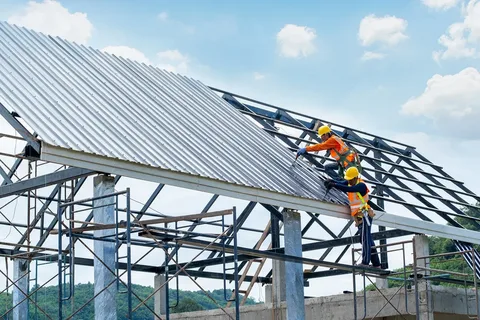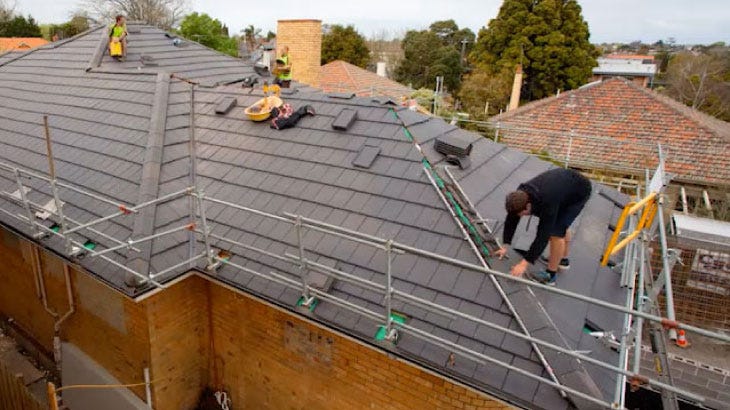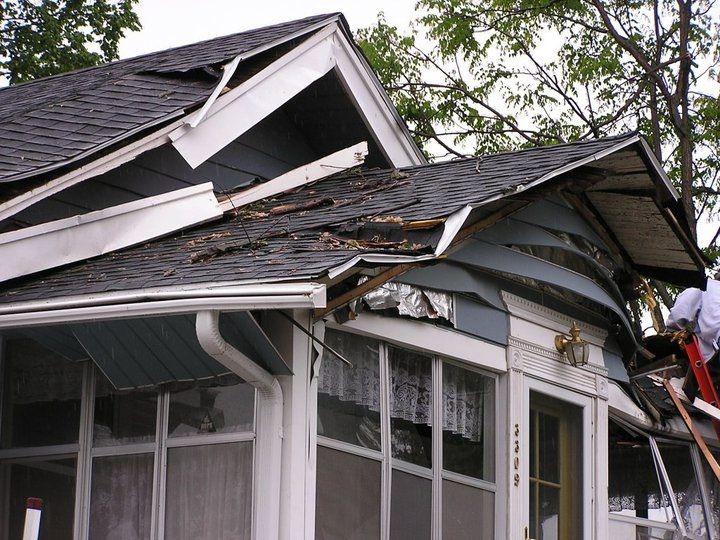Learn easy spring roof maintenance tips to get your roof ready for the rainy season. Protect your home with advice from JC Master Inc.
Introduction
As the weather transitions from winter to spring, it’s crucial to prepare your roof for the rainy season ahead. Spring in New York is often characterized by heavy rainfall and fluctuating temperatures, which can put significant stress on your roof. From water damage to leaks, improper maintenance can lead to costly repairs and long-term structural problems.
In this article, we’ll discuss the importance of spring roof maintenance and provide actionable tips to ensure your roof stays in top condition during the rainy season.
-
Why Spring Roof Maintenance is Crucial
Spring is the perfect time to assess the condition of your roof and ensure it’s ready to withstand the upcoming heavy rains. Regular roof maintenance ensures that your home stays dry and secure, avoiding unnecessary repairs and water damage.
What Happens If You Ignore Roof Maintenance?
- Leaky Roofs: Without regular inspections, small issues such as cracked shingles, loose flashing, or clogged gutters can lead to significant water damage inside your home. The longer these issues go unnoticed, the more expensive the repairs become.
- Structural Damage: Water damage that isn’t addressed quickly can rot the underlying structure of your roof, resulting in mold and decay that weakens the entire roof structure.
- Shortened Roof Lifespan: Failing to maintain your roof regularly can reduce its lifespan, forcing you to replace the roof much sooner than expected.
-
Key Areas to Focus on During Spring Roof Maintenance
When preparing your roof for the rainy season, there are several key areas that you should pay attention to:
- Inspect and Clean Gutters
Clogged gutters are one of the most common causes of roof leaks, especially in the spring. Debris such as leaves, twigs, and dirt can accumulate in gutters, blocking water from flowing freely. This leads to overflow that can seep into your home, causing leaks and water damage.
- Action Step: Clean your gutters regularly to ensure that water can flow freely off the roof. If your gutters are damaged, consider repairing or replacing them before the rainy season begins.
- Tip: Install gutter guards to reduce debris buildup and make cleaning easier.
- Check for Roof Leaks
A major risk during the rainy season is roof leaks, which can lead to significant water damage if left undetected. Check your roof for any signs of damaged shingles, cracked flashing, or areas where water could potentially seep in.
- Action Step: Look for visible signs of damage, such as water stains on ceilings or mold growth in the attic. These could be indicators that your roof needs immediate attention.
- Tip: If you’re unsure about the condition of your roof, schedule a professional roof inspection to get a thorough evaluation.
- Repair Missing or Damaged Shingles
Spring storms can be tough on roofs, and strong winds often cause shingles to become loose or displaced. Missing or cracked shingles can leave your roof exposed to rainwater, leading to leaks and further damage.
- Action Step: Inspect your roof for any damaged or missing shingles and replace them as soon as possible. Be sure to also check areas around vents, chimneys, and skylights where leaks are more likely to occur.
- Seal Flashing and Roof Seals
Flashing is used to seal roof joints, especially around chimneys, skylights, and vents. Over time, flashing can become worn or damaged, allowing water to seep under the shingles.
- Action Step: Check the flashing around key areas of your roof for any gaps or damage. Apply a fresh layer of roofing sealant to prevent water infiltration.
- Check Attic Ventilation and Insulation
Proper attic ventilation ensures that air circulates correctly, preventing moisture buildup and condensation. Without proper ventilation, your attic can become a breeding ground for mold and mildew, and your roof may suffer from water damage.
- Action Step: Make sure your attic is well-ventilated and that your insulation is in good condition. Ensure that no gaps or cracks allow outside air to enter the attic.
-
How to Prevent Water Damage from Spring Rain
Spring rains can be heavy and constant, so it’s essential to take preventive measures to avoid water damage to your roof. Below are some tips to help protect your home:
- Ensure Proper Roof Drainage
Water should flow freely off the roof and into the gutters. However, if the drainage system is blocked or improperly installed, water can pool on the roof, leading to leaks and long-term damage.
- Action Step: Ensure your roof has adequate slope to allow water to drain. Inspect your downspouts and make sure they direct water away from the foundation.
- Water-Resistant Roofing Materials
Consider upgrading to water-resistant roofing materials like metal roofing or synthetic shingles that are designed to withstand heavy rainfall and strong winds.
- Action Step: If you’re due for a roof replacement, opt for materials that provide better protection against water damage.
- Install Ice and Water Shields
An ice and water shield is an additional layer of protection installed along the eaves of your roof. It helps prevent water from backing up and infiltrating your home during heavy rains or melting snow.
- Action Step: If you’re getting a new roof or replacing sections, install an ice and water shield for extra protection.
-
Benefits of Professional Roof Inspections
While homeowners can handle basic roof maintenance, it’s often worth bringing in a professional for a thorough inspection, especially if you suspect issues that aren’t immediately visible.
Comprehensive Roof Evaluation
A professional roofing contractor will be able to assess all aspects of your roof, including shingles, flashing, ventilation, and overall integrity. They can identify small problems that you may have missed and recommend necessary repairs before the rainy season hits.
Time and Cost Savings
By catching problems early, you can save time and money on major repairs down the road. A small issue, such as a cracked shingle, can be fixed for a fraction of the cost compared to dealing with a leaky roof after a major rainstorm.
-
How to Choose a Roofing Contractor for Spring Maintenance
Choosing the right contractor is crucial to ensure that your roof gets the best care possible. Here are some tips for selecting a trustworthy roofing company:
- Experience and Reputation: Choose a contractor with years of experience and positive reviews. Ask for references from previous customers.
- Licensing and Insurance: Make sure the contractor is licensed and insured. This protects you in case of accidents or damage during the job.
- Free Estimates: Many roofing companies offer free estimates, so be sure to get a few quotes before deciding on a contractor.
Conclusion
Spring roof maintenance is essential for protecting your home from the rainy season ahead. By following the tips outlined in this article, you can prevent leaks, avoid costly water damage, and extend the lifespan of your roof.
For professional roof inspections, repairs, or maintenance, contact JC Master Inc. today. Our experts are here to ensure your roof is in top condition to withstand the spring rains. We offer free consultations and financing options to make roof care easier and more affordable.


